Balmoral Software
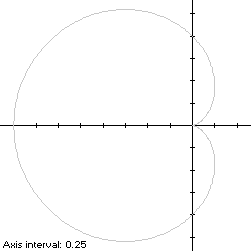
Balmoral Software

r(t) = 1 - cos(t), 0 ≤ t < 2πThe curve is traced out in a counterclockwise direction, starting from the cusp at the origin. Its minimum abscissa occurs at the point (-2,0) when
 when
when
 when
when 
 at
at r'(t) = sin(t),so by (L2), the perimeter of the convex hull is
which is about 3% shorter than that of the cardioid.
The line segment of the convex hull creates an isosceles triangle with the origin, having area
as shown in blue in the left diagram below. The centroid abscissa of this triangle is the average of its vertex abscissas, or 1/6. By (A2), the remainder of the convex hull has area
By (C2), the associated centroid abscissa is
The convex hull component metrics can be summarized as follows:
The area of the convex hull is 4.765390, about 1% larger than that of the cardioid. The centroid abscissa of the convex hull is the weighted average
Region Area Centroid abscissa Product Triangle 1/6 Remainder Total
d/dt [x(t) - z]y(t) = d/dt [1 - cos(t)]2sin(2t)/2has a zero at t* = 4π/5. The corresponding coordinates are
We then have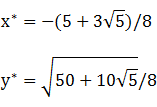
For verification,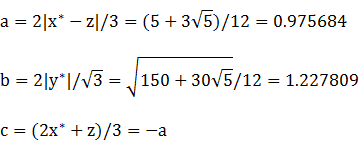
d/dt [x(t) - z]y(t) = d/dt sin3(t)[2 - cos(t)]has a zero at
The corresponding coordinates are
We then have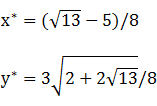
For verification,
 and center abscissa
and center abscissa
Figure Parameters Perimeter Area Centroid Incircle R = 1 6.283185 3.141593 (-1,0) Inellipse 6.945153 3.763482 (-0.975684,0) Cardioid 8 4.712389 (-0.833333,0) Convex hull 7.794229 4.765390 (-0.821975,0) Circumellipse 7.955280 5.025080 (-0.782871,0) Circumcircle R = 8.162097 5.301438 (-0.75,0)
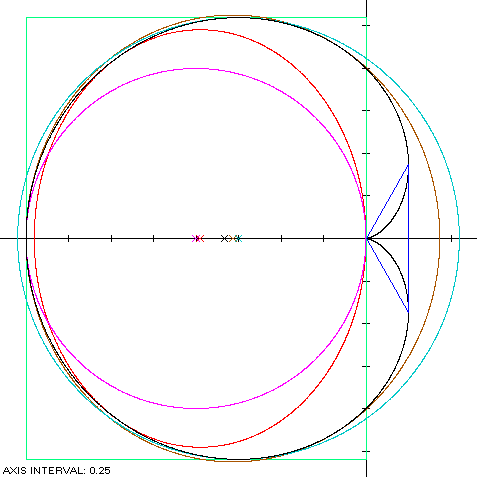
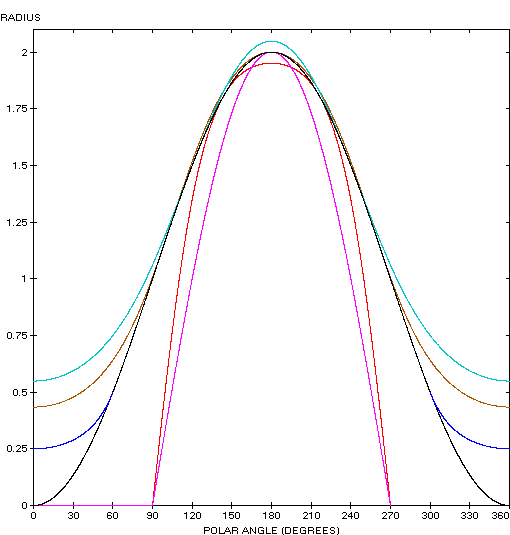
The cardioid (red) is a member of a group of similarly-shaped figures described on these pages, including (inside to outside) the rotated lima bean curve, the cochleoid and the Cayley sextic:
The cardioid adjoins and is the same height as the piriform curve:
Copyright © 2021 Balmoral Software (http://www.balmoralsoftware.com). All rights reserved.